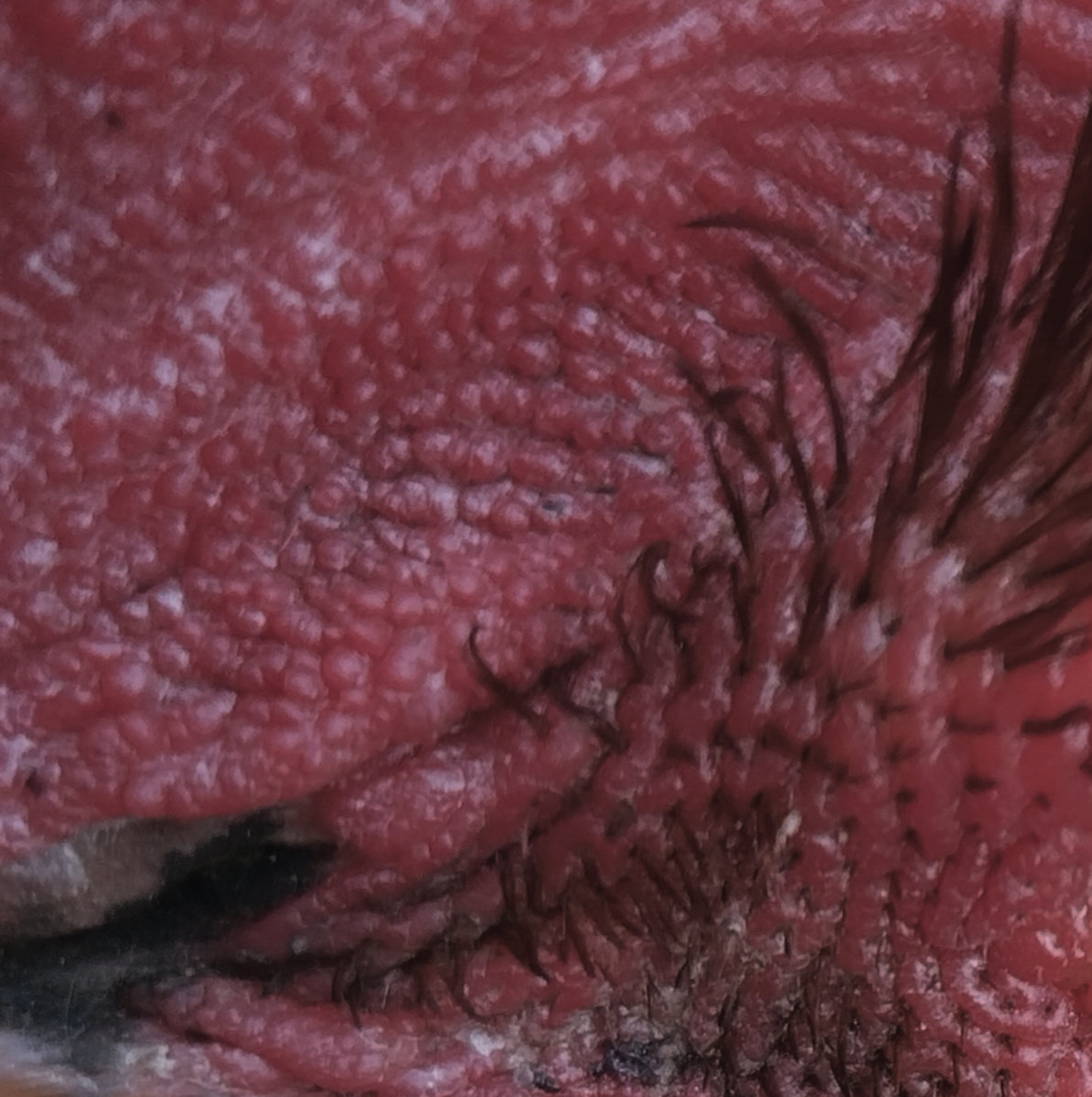⋰
CDr 𐤟 45'26"
“This example of superstition has already given rise to quite a bit of anxiety among the non-thinking part of the congregation.”
Algemeen Handelsblad 18 June 1885, in an article on a late case of supposed witchcraft
Excerpts
Before the Third Call of the Rooster
⋰
November 2022
Last winter, I often took an early morning walk. Starting in the dark, I saw the early sun reflected in the hoarfrost on the leaves. My walk leads along a road with an old farmhouse, where the Dutch Provo Roel van Duijn tried to live a self-sufficient life 40 years ago. Some 15 minutes walking past the farmhouse, a little hill rises in between some fields where rye is grown in the warmer periods of the year. The hill is now covered with some really old oak trees and blackberries.

But it’s this exact same hill where until 1803 the sentences were carried out, that where handed down in the castle of Wedde. A gallows stood on this spot for centuries. The story even goes that a farmer recovered the oak wood and used it as doorposts. Gallows were not rare in the sixteenth century. But this hill is famous for the 22 witch burnings between 1587 and 1597. These days, the convicted witches underwent the water test and if remained afloat, were burned on that hill. This happened in public, with a large audience of villagers from nearby settlements. A number of dignitaries and clergy were present who all received an expense allowance. The executioner was also well paid for his work. The drost kept a record of what the judges and the executioner ate and drank. The relatives of the convicts paid for all these costs. In addition, all villagers had to give up one peat for every person executed.
On those early winter mornings, I stood there, pondering about this mysterious force which makes sane people capable of such insanities. As every horror writer knows, there is nothing as fearful as our own imagination. Ignorance fuels fear. And ignorance fuelled by fear creates hate. The less we see, the more we tremble. When the dark dissolves into light, our imagination fades and the fear goes with it.
Knowing that the call of the rooster will bring daylight, the gnomes in Gogol’s story Вий (Viy) flee after they hear the rooster crows.